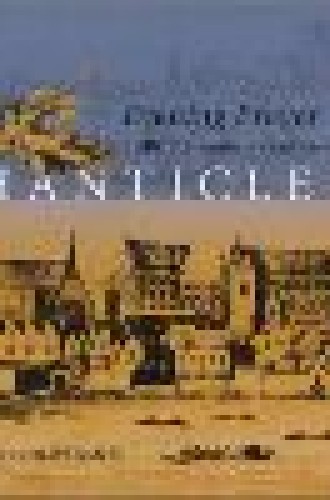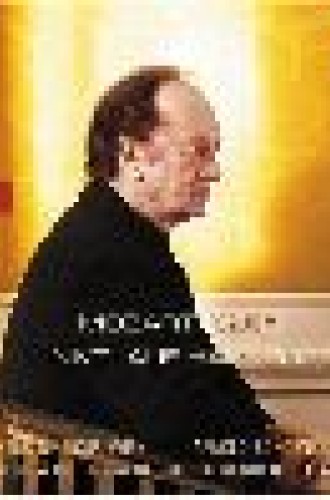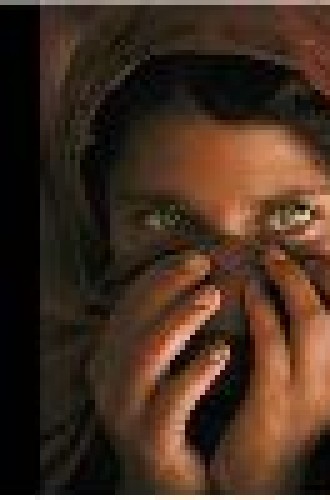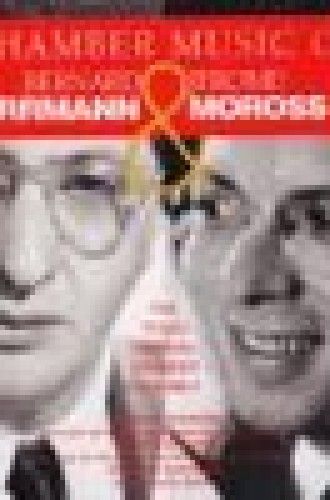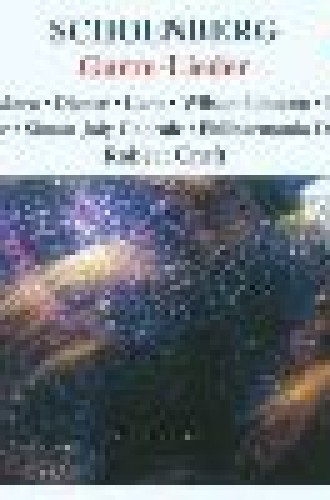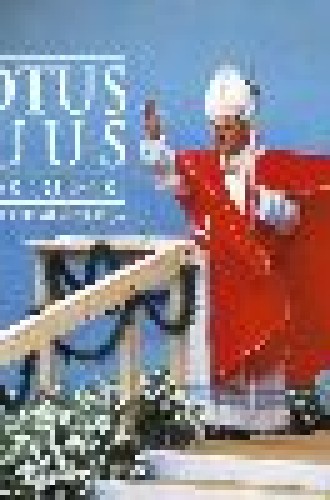CC recommends
Chanticleer brings its usual polish, balance and tonal beauty to these intimate sacred songs. The rich harmonies are powerful as the melodic lines crunch against one another. Has anyone ever been better at such writing than Henry Purcell? Whether as solos or as sung by the larger group, Chanticleer’s interpretations do not sound like the current English cathedral style, but natural and graceful; it suits the music well. Skip Sempé’s band Capriccio Stravagante brings additional elegance.
Harnoncourt gets to the soulfulness and personal ruminations of this music without slighting the terrible power of judgment. As before, he uses the standard completion by Süssmayr (Mozart had died before finishing the composition), with an improved orchestration by Franz Beyer. The recording is edited from live concerts in 2003. As a bonus, a copy of Mozart’s fragmentary manuscript is included on this disc for viewing with a computer, the pages scrolling as the music plays.
Gorecki’s “Totus Tuus” and Pärt’s “Seven Magnificat Antiphons” are the familiar pieces here. The other compositions are also attractive examples of northern European church music. The performances were recorded in the resonant Cathedral of Riga. The album commemorates the death of Pope John Paul II. One page of the booklet solicits charitable contributions to an orphanage in Latvia.
Kozená’s rich and expressive voice is matched by suave playing from Goebel’s ensemble of strings and winds. Most of these compositions are difficult to find anywhere else, and this disc offers excellent insight into the work of the remarkable Bach family. BWV 170 is performed much faster here than in most other recordings, yet it does not seem rushed. Johann Christoph Bach, organist of Eisenach when Sebastian was born there, was revered by the family as an especially profound composer. The present lamento confirms that assessment.
These eight cantatas are from live performances in the year 2000, during Gardiner’s “Bach Cantata Pilgrimage” touring European churches and ancient sacred sites. Almost all the cantatas were given on the appropriate Sunday of the liturgical year. The project took years of planning and dedication, including a newly commissioned scholarly edition of the music. The concert recordings are now being issued every several months through Gardiner’s web site, www.solideogloria.co.uk. The singing and the playing are stunningly beautiful, with energetic commitment. The trumpeter (Niklas Eklund) and soprano soloist (Malin Hartelius) in “Jauchzet Gott” deserve special mention. Another highlight is Mark Padmore’s tenor solo in BWV 95.
This album is excellent for rainy days. Bernard Herrmann is best known for his movie scores for Alfred Hitchcock. The pieces here do sound a bit like his gentle Vertigo and Psycho cues, but are even more tuneful and bittersweet. Anyone who savors Brahms’s clarinet quintet will probably like Herrmann’s. Much of it is hauntingly wistful, with beautiful tensions in the harmonies. One movement is a portrait of the Aran Islands in Ireland. Moross was a boyhood friend of Herrmann’s, and his composition gives 20 minutes of much lighter contrast. It starts to seem almost trivial after a while, next to Herrmann’s brooding, but it is well crafted and catchy. Surprisingly, almost all its melodies move by thirds instead of steps.
Schoenberg wrote this musical tapestry lasting two hours in his mid-20s (1900-1901). It sounds a lot like Wagner and Strauss, having nothing to do with Schoenberg’s later atonal and serial styles. It is thrillingly colorful, based on an epic poem about passion, loss and despair. The libretto is unfortunately not printed in the booklet, but that can be found readily elsewhere. Robert Craft’s musicians give a vivid, exhausting performance.
These are perky, engaging performances of some of Bach’s and Mozart’s most memorable hits. They were recorded in 1991, and the set is now reissued at budget price. As with the first Swingle Singers of the 1960s, the group has eight vocalists who are sometimes accompanied by bass and drums. Some selections reuse Ward Swingle’s original arrangements. Several include words sung by soloists or the group, but most of this is jazzy scat-singing on nonsense syllables, treating the voices like instruments, with great aplomb and swing. It’s breathtaking.


